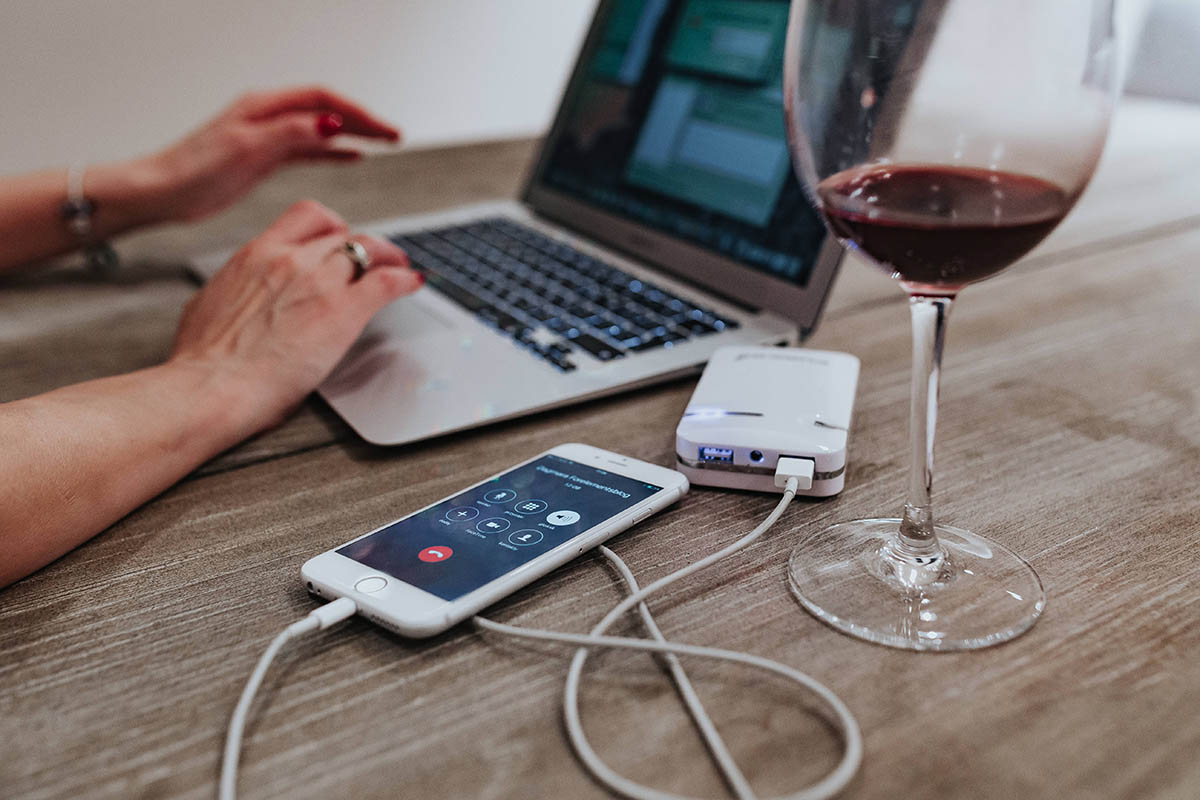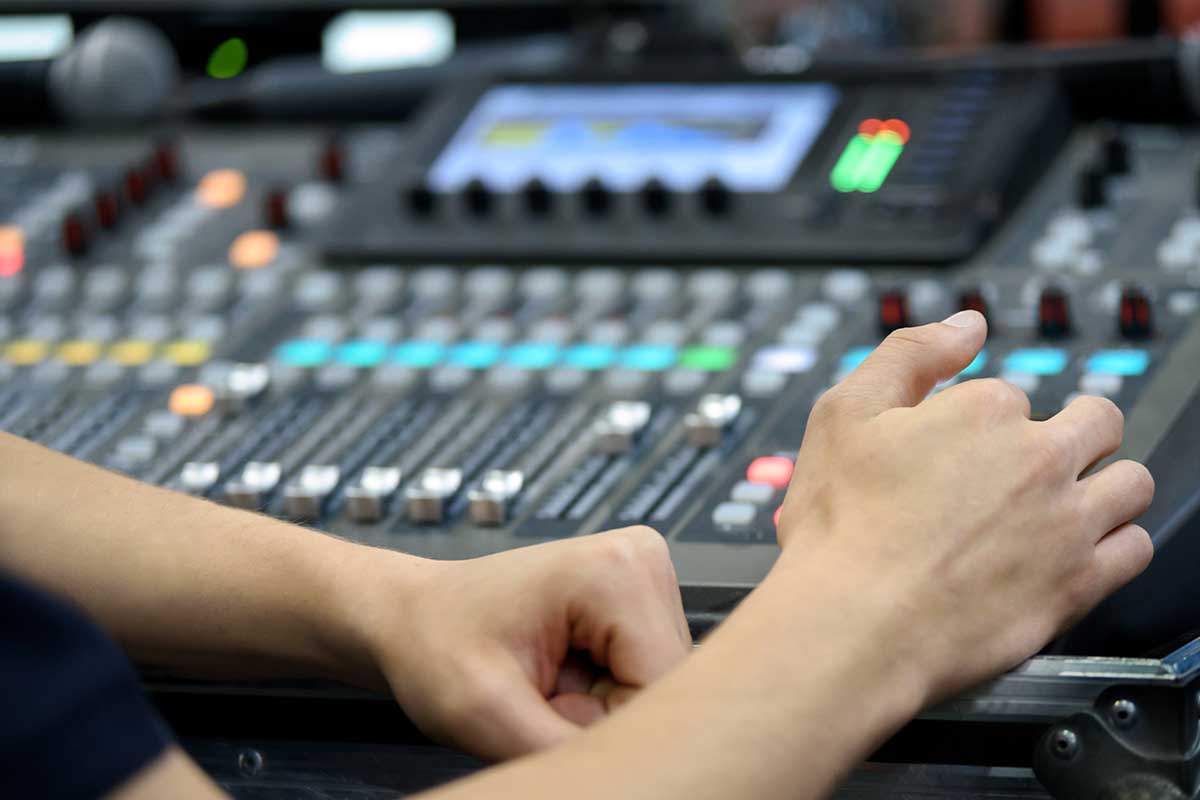How to Prepare for Another 6+ Months of Working From Home
The end of the lockdown may be in sight. Several major medical trials of a COVID vaccine have been extremely successful — and may soon have enough data to declare their vaccines safe and ready for the market.
However, this doesn’t mean we can head back into the office just yet. Even if a vaccine is ready soon — by the end of November or the end of the year — it will take time to manufacture and distribute. We’re probably still looking at another six months (or more) of lockdown — and another six months of working from home (WFH) as a result.
6+ Months of working from home: these tips can help you make it through the last few months of the COVID lockdown and help get you ready to return to the office and test some side business ideas.
Spruce Up Your Office With Some New WFH Gear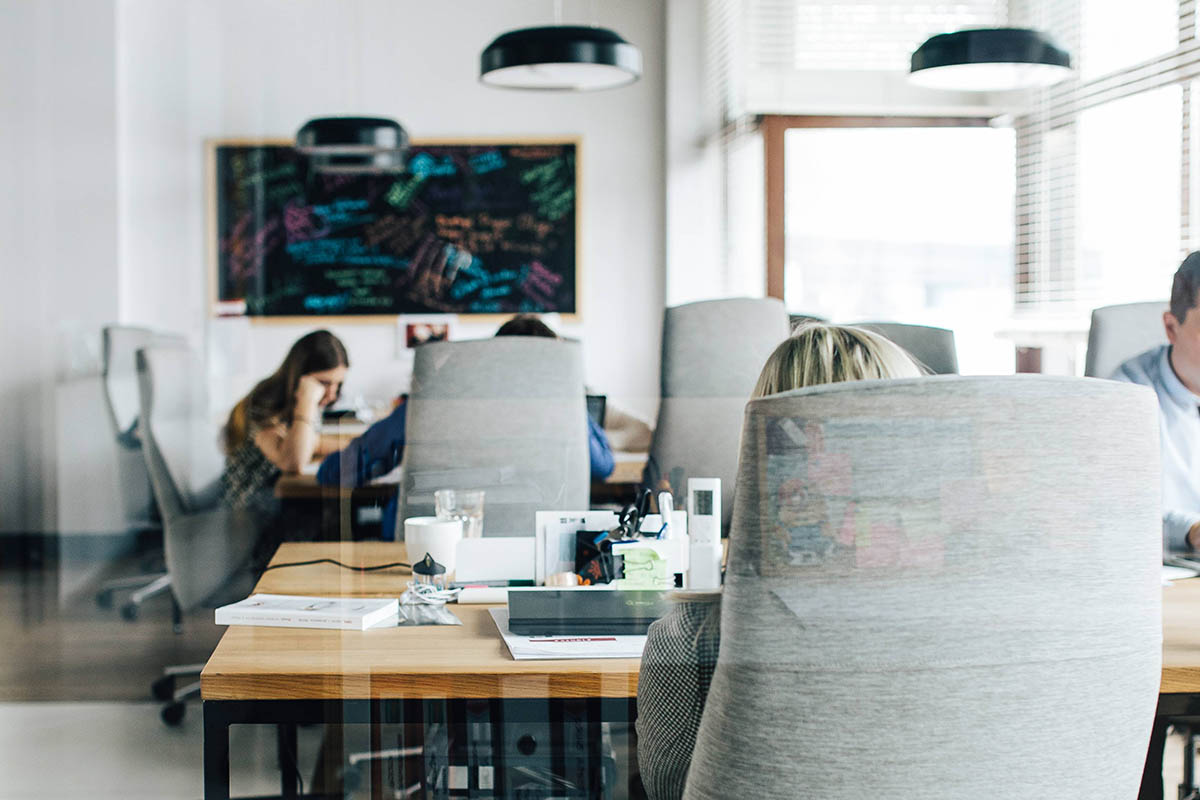
While working from home, we spend a lot of time sitting down, typing, and scrolling — all of which can be pretty bad for your back, eyes, arms, and hands.
Just about any piece of home office equipment, including your mouse, mousepad, keyboard, chair, and desk, can cause serious stress to your body if it’s not ergonomically designed. Over time, this can mean back pain, wrist pain, or even more serious issues, like repetitive stress injuries.
One advantage of working from home is that you have a lot more control over your work environment. Office managers may protest if you bring in an office chair or desk from home to use at work — but swapping out your chair at home is no big deal.
Ergonomic mouse pads, keyboards, chairs, and desks can help ensure your work isn’t stressing your joints or muscles.
Even if you’re feeling pretty good about your WFH setup — or want to ride out these next few months without spending extra money on your home office — investing in a dedicated webcam may be a good idea. People are often surprised by how much difference spending a little money can make on image and sound quality. The right webcam can help you come through crystal clear, even when it’s not possible to be in the office.
Schedule Work Time, Down Time, and Time out of the Office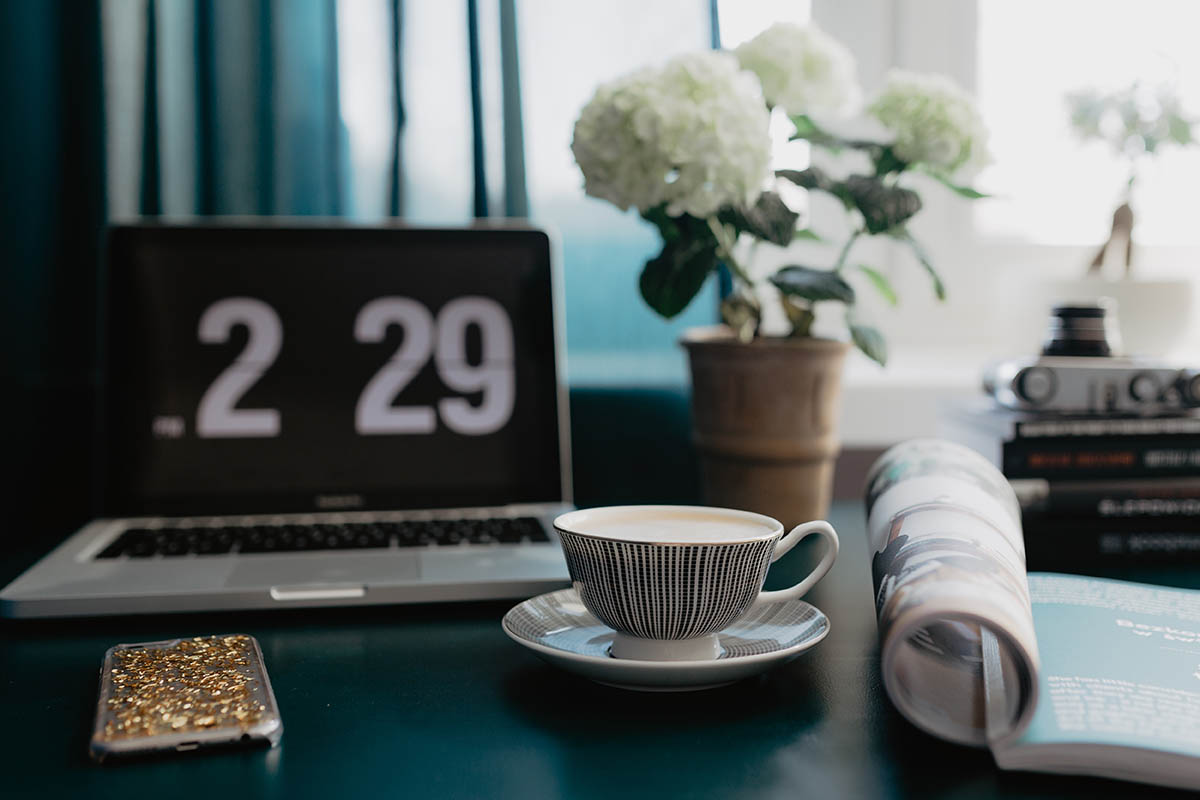
One of the biggest challenges of working from home is that the office is always with you. Even if you could maintain a very healthy work-life balance while you were in the office, you might have felt like the boundaries between work and life were starting to blur. After all, you can always stop into the office to do a little extra work or send an email right now.
A regular work schedule can help preserve strong boundaries between your work and your life. It’s also important to schedule and take regular breaks throughout the day. Homework experts and researchers haven’t settled on the “best” number of breaks to take or how long they should be. In general, however, many experts agree that it’s good practice to take at least a 20- to 30-minute break for lunch as well as two or more 10- to 15-minute breaks.
You can use this time to stretch, catch up on personal emails or texts, and recenter yourself before tackling the rest of the day.
Many employers have started using productivity or work tracking software to oversee employees working from home. These tools are perfectly legal, but there are some limits to their reach. Typically, employers can’t ask you to install them on your personal devices unless you work with sensitive or confidential information. Even then, they may not really have the justification needed to ask for the kind of access they require.
Switching from your work laptop or desktop to a personal device like a smartphone during your break is a good way to remind yourself that you’re not actively working while also keeping your personal communications to yourself.
It’s also a good idea to take breaks in their entirety. You may find that you drift back towards the computer while you’re decompressing. However, these breaks are important for maintaining good mental and physical health and a positive relationship with your work. When possible, try to focus on relaxing and enjoying the full 10 or 15 minutes of your break.
It’s also important to find time to get out of the home office when you can. Safe outdoor activities will help make sure you’re not in the same environment all the time, making it easier to stay focused at work.
Use Routine to Separate Work Life and Home Life
If you can’t leave home safely right now, you’re not alone — and there are still steps you can take to separate your job and your life. Routines and morning rituals can go a long way in helping your brain create a difference between work time and home time.
Some may scoff at advice like changing into work clothes when you don’t need to be on call or in the office — and this trick may not work for you — but the idea behind the advice is pretty solid.
Making some tea when you clock out, putting your work laptop away for the evening, or turning on some music helps tell your brain that work is over and it’s time to wind down. Having separate clothes for work time and home time can do the same thing.
In 2016, two researchers wishing to find out how WFH professionals maintained work/life boundaries conducted interviews with 40 different professionals who worked remotely. They found that maintaining strong boundaries and cultivating a distraction-free work environment were the best ways to make WFH pleasant and effective.
The researchers also found that rituals like putting the cell phone on silent or shutting down a laptop can help keep those boundaries strong.
Months of Working From Home: Handle the Next 6+ Months of Lockdown With These WFH Tips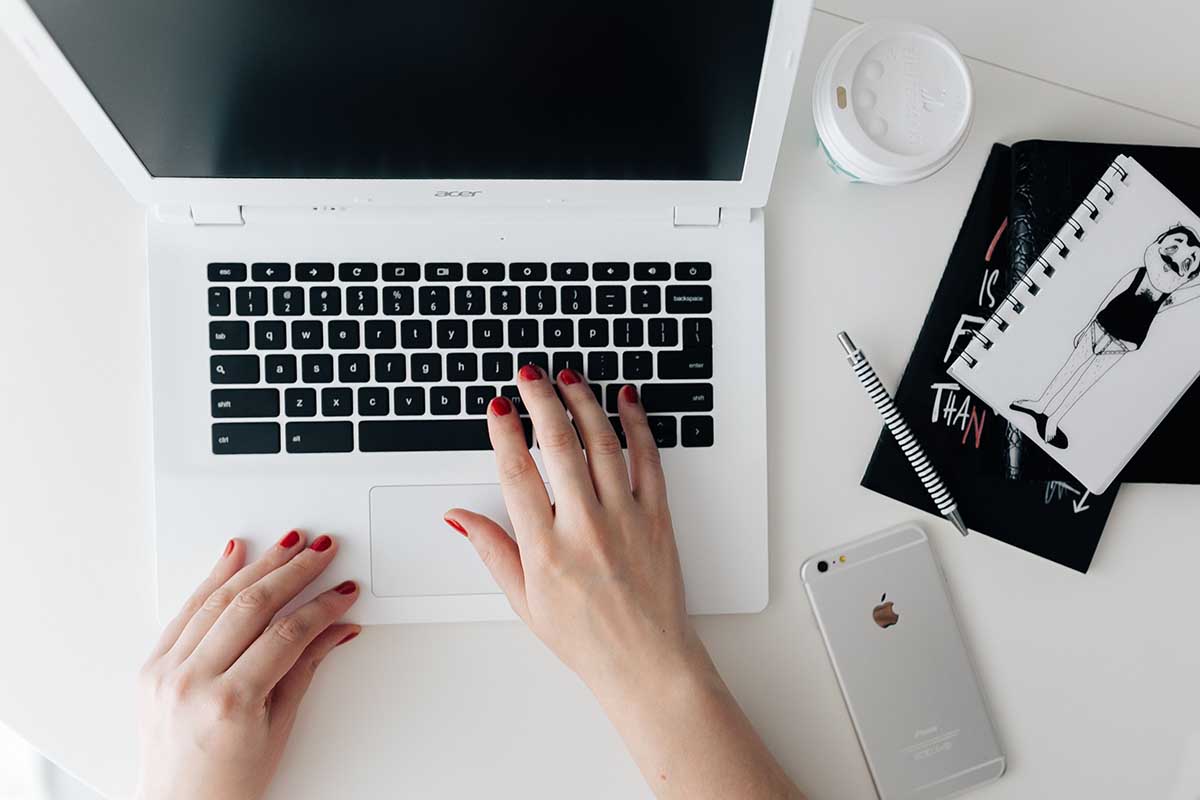
We’re likely to be locked down for a few more months at the least. These tips can help you upgrade your WFH setup and build a better relationship with working from home. Even if you plan to be back in the office as soon as possible, following these tips can help you stay focused as you wait for the lockdown to end.
Lexie is a digital nomad and graphic designer.
If she’s not traveling to various parts of the country, you can find her at the local flea markets or hiking with her Goldendoodle.
Check out her design blog, Design Roast, and connect with her on Twitter @lexieludesigner.
